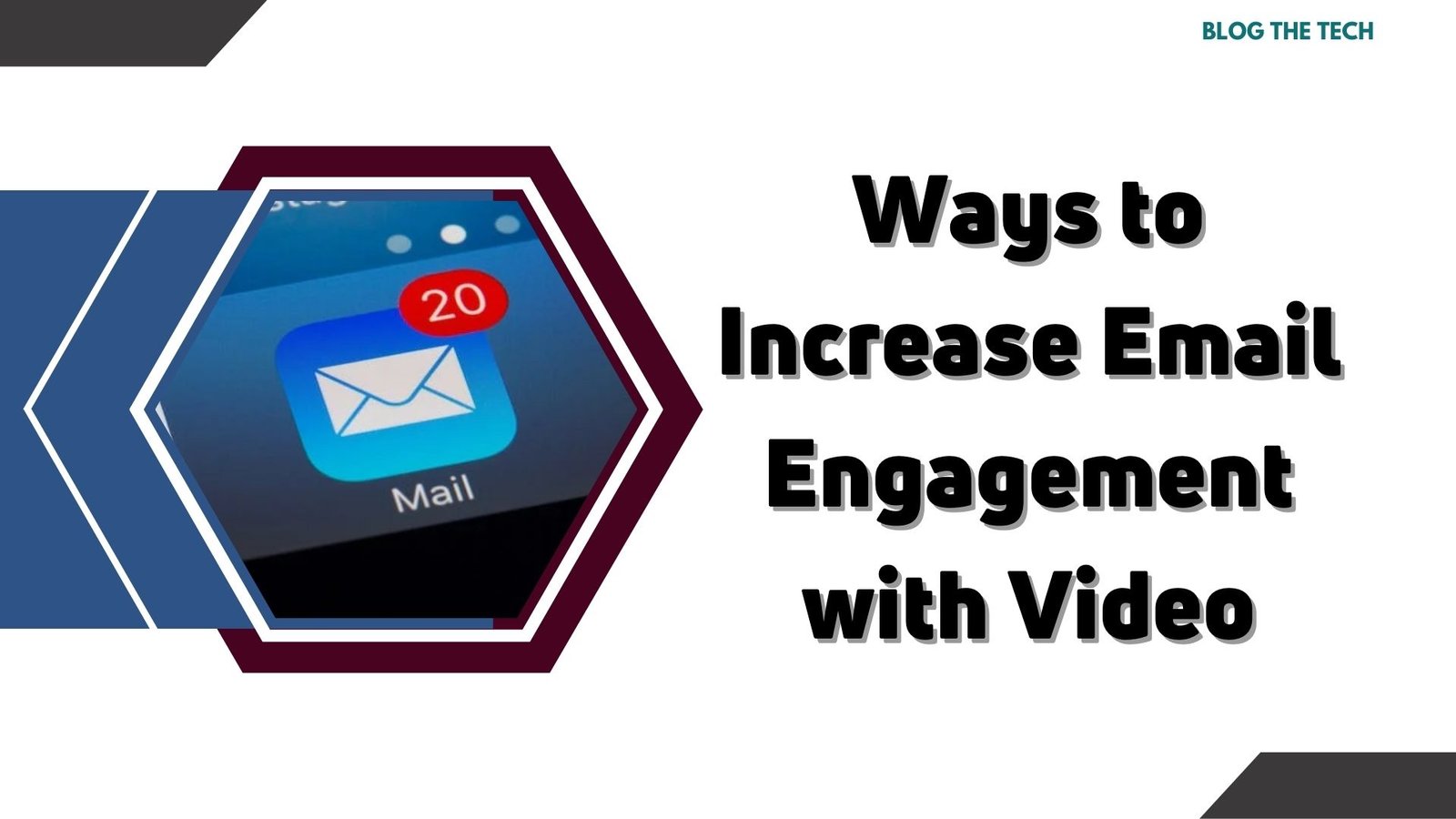Gamification in healthcare apps is revolutionizing how we approach fitness and healthy living. By breaking down health goals into mini-goals and providing mental rewards along the way, users are motivated to stay on track and achieve their objectives. Not only does this make fitness tracking easy, but it also improves user engagement and retention rates.
This sector is expanding quickly, intending to transform healthcare forever. The global mHealth market was valued at $6.44 billion in 2020, and by 2025, is anticipated to grow to $28.61 billion. By 2026, the mHealth market will be worth $206 billion globally.
To keep the users glued to the app, they will need to become more user-centric which has now become possible due to healthcare app development services that have streamlined patient care. Also, improved mHealth integration will enable professionals to access a vast data ecosystem. This could lead to new avenues for medical study and enhance patient care.
And here’s where the concept of “gamification in healthcare apps” comes as a breath of fresh air.
App gamification refers to integrating game concepts and aspects into non-game applications to improve user motivation, engagement, and experience in general. It uses the psychological images of incentives, accomplishments, competition, and social interaction to increase motivation and make work fun.
How does Gamification in Healthcare Apps Work?
Here are some of the basic steps of how game-based app development functions:
Define the Goals
Determine the objectives you hope to accomplish through gamification. It might be encouraging particular app behaviours, boosting user engagement, enhancing learning outcomes, encouraging healthy habits, etc.
Specify the Intended Actions
Choose the habits or acts you want to promote in the app users. Examples are task completion, milestone achievement, material sharing, giving feedback, and other desirable behaviours.
Game Design Components
Choose the proper game components to support the needed activities. Points, levels, badges, leaderboards, challenges, awards, virtual currency, avatars, progress bars, and unlockable content are some common components. These components give users a feeling of accomplishment, advancement, and status.
Feedback and Rewards
Implement systems to give users immediate feedback when they complete tasks or make progress. The form of this feedback can be messages of congratulations, sounds, or visual cues. Rewards like points, badges, or virtual things should be given to recognize and encourage desired behaviours.
Make Obstacles and Levels
Provide users with tasks or objectives to fulfill. The app’s goals should align with these obstacles, which should also get harder with time.
Track and Analyze Data
Utilize analytics to monitor user activity and engagement trends. You may assess your gamification approach’s success, pinpoint development areas, and make data-driven decisions by gathering information on user interactions, progress, and accomplishments.
Iterate and Optimize
Keep a close eye on user comments and behaviour as you improve and maximize the gamification components. Try out new methods, evaluate new features, and make changes in light of user preferences and data insights.
Healthcare App Gamification Benefits for your business
Here are some ways that gamification can help healthcare apps become a rage among users:
- Increased User Engagement
Gamification features like challenges, awards, and leaderboards help to increase user engagement in healthcare apps. Users are more likely to use an app and explore its capabilities if it gives them a sense of achievement and progression. Higher user retention and app usage may result from this elevated engagement.
- Behavioural Change and Adherence
Gamification can promote healthy behaviours and improve adherence to treatment regimens: behaviour modification and adherence. Users can be encouraged to keep track of their progress, achieve their goals, and develop better behaviours by including game elements and rewards. This may result in better patient outcomes and satisfaction, which may, in turn, promote good word-of-mouth marketing, higher user growth, and business expansion.
- Improved Instruction and Training
Educational materials and training modules are frequently included in healthcare apps. Gamification can enhance the interactivity and fun of these educational activities. Users can experience a more immersive learning process with game features like quizzes, progress tracking, and badges. This could improve knowledge retention and encourage educational component use, drawing more users to the program.
- Social and Community Engagement
In healthcare apps, gamification can promote social interaction and community involvement. Users can work together to overcome health obstacles, compete with friends, or celebrate accomplishments. This social component boosts user engagement and fosters a feeling of support and belonging, which may promote user advocacy and loyalty.
- Data Gathering and Insights
Gamification techniques can offer insightful information on user preferences, behaviour, and health-related variables. Healthcare app developers can gain insights to enhance their offerings, customize recommendations, and spot trends or patterns by analyzing user interactions and progress. These insights can help guide business decisions about service expansion, user experience enhancements, and feature development, ultimately resulting in business success.
In a Nutshell
A gamification is a powerful tool that on-demand healthcare apps can use to boost revenue. By incorporating game-like elements, such as rewards and challenges, users are more engaged and motivated to continue using the app. This not only leads to increased revenue but also improved health outcomes as users are more likely to stick to their healthcare regimens. To ensure it doesn’t reduce engagement or alienate people, it’s vital to balance monetization and user experience.
Gamification tactics can greatly improve the user experience and lead to better health outcomes in healthcare apps. By incorporating these tactics successfully, app developers can increase user engagement and promote business growth.





